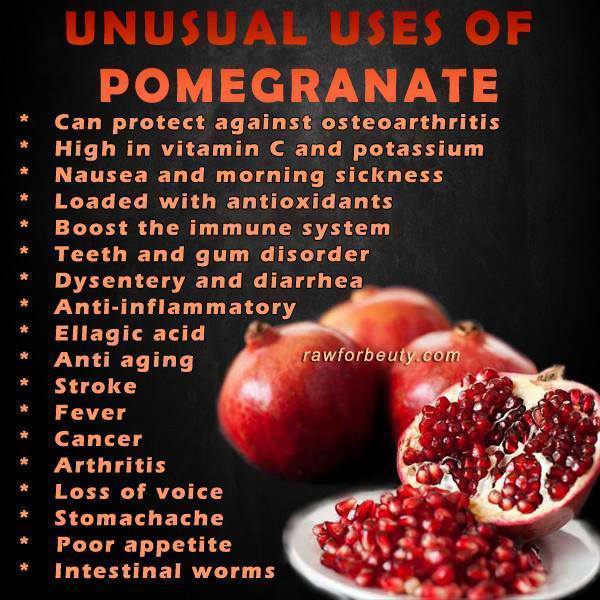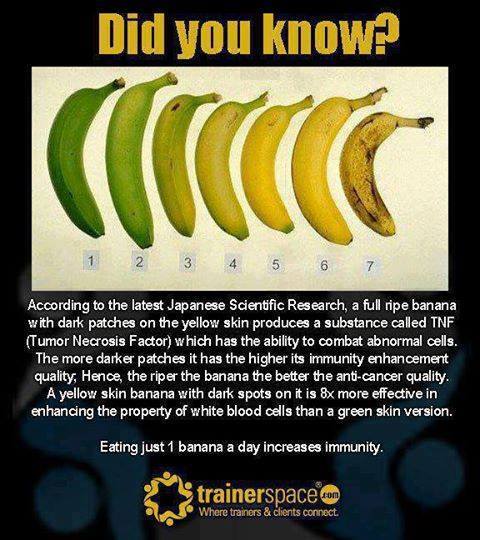Best-Online-Buys
Theresa's eBook for eBay eSellers: eBay Seller Tips Let's Ask Sell Things on eBay: How to Sell Stuff on eBay; What to Sell on eBay and Where to Get it; What Do I Sell on eBay; Selling Stuff on eBay; Things to Sell on eBay to Make Money
Read More About the eBay eSellers eBook Before Purchasing it!
The Invisible Truth Kindle: eBook for Invisible Truth Shows How to Find Peace, How to Act Positive, How to Be More Assertive, Ways to Increase Confidence, Ways to Improve Confidence, Also Ways to Assert Believing in Yourself
CCFL: A Simple Way to Guide Children and Teenagers to Happiness, Success and Gratitude: Creating Champions for Life
The Body's Preferences! Here are some pictures for you to enjoy!






Splenda Found To Have Possible Neurotoxic Properties
May 13 • "Food" to Avoid, Health • 24 Views •
by SAYER JI
It seems like every six months a new study is published on the
bitter truth about Splenda’s lack of safety, which is still marketed to
the world as a safe alternative to relatively calorie-rich sweeteners
like sugar and honey.
Now a new study published in the open access journal PLoS titled,
“Sucralose Induces Biochemical Responses in Daphnia magna [water flea],”
indicates that the artificial sweetener sucralose – sold under the trade
name Splenda and approved for consumption in at least 70 countries – may
have sublethal adverse effects on animal behavior and physiology due to
its oxidative and possibly neurotoxic properties.
The researchers described the nature and intention of their study:
“To our knowledge, this is the first study examining biomarker responses
in aquatic organisms exposed to sucralose. Based on the observed
swimming abnormalities inDaphnia exposed to sucralose [7] and recent
findings that correlate AChE (acetylcholinesterase) activity with
oxidative stress in humans [29], [31], we hypothesized that these
behavioral effects are related to alterations in AChE and oxidative
status.”
Sucralose — a sucrose containing three chlorine atoms — despite being
marketed initially by the manufacturer as somewhat natural (i.e. “it
tastes like sugar because it is made from sugar”), is an extremely
synthetic chemical compound highly resistant to biodegradation, and like
other compounds within the organochloride class of chemicals, which
include pesticides like DDT, it persists for a long time in the
environment. [i] For instance, a recent study found it detectable in
offshore waters, such as the Atlantic Gulf Stream.[ii] Indeed, it is
because of its exceptional non-biodegradability that it has been
proposed to be an ideal tracer for human (anthropogenic)
activities.[iii]-[iv]
This extremely popular sweetener has already been identified to have
potential diabetes-promoting and carcinogenic properties. For instance,
preliminary research in animals indicates it may be a cause of
leukemia,[v] which motivated the Center for Science in the Public
Interest (CSPI), last year, to downgrade its safety rating from “Safe”
to “Caution.”
One of the possible mechanisms behind its purported leukemogenic
activity may be due to it producing one of the world’s most highly toxic
manmade compounds – dioxin — when heated.[vi] Sucralose has also been
proposed to be behind a global uptick in inflammatory bowel disease,
most particularly evident in Canada. Considering the intimate
relationship between the ‘enteric brain,’ or gut microbiome, and the
central nervous system, this connection may reveal hitherto unrecognized
neurological and behavior altering consequences of the use of this
artificial sweetener.
What the Sucralose Study Found
The new study looked at the effects that sucralose had on the following
measurable parameters in Daphnia magna, or water flea:
-Acetylcholinesterase (AChE) – an enzyme which hydrolyzes acetylcholine,
the neurotransmitter essential for terminating synaptic transmission, a
primary target of nerve agents and pesticides.
-Oxidative biomarkers (oxygen radical absorbing capacity, ORAC, and
lipid peroxidation, TBARS)
After exposing the animals to sucralose (0.0001-5 mg L-1), they found
that,
“The sucralose concentration was a significant positive predictor for
ORAC, TBARS and AChE in the daphnids. Moreover, the AChE response was
linked to both oxidative biomarkers, with positive and negative
relationships for TBARS and ORAC, respectively.”
They concluded from these observed effect that,
“These joint responses support our hypothesis and suggest that exposure
to sucralose may induce neurological and oxidative mechanisms with
potentially important consequences for animal behavior and physiology.”
Discussion
Like so many novel patented chemicals released onto the market without
adequate pre-approval safety studies, we do not know if this preliminary
toxicological research will be applicable to human exposures. In fact,
there are only 318 study citations (as of 5/10/14) on this chemical in
existence since it first began to be researched in the 70′s. This most
recent study is the first in existence to look at its effect on the
enzyme acetylcholinesterase, which is found in all animals. This
information deficit is all the more remarkable when you consider there
are over 7,000 published studies in existence on either turmeric or its
primary polyphenol curcumin, which is still not readily administered by
the conventional medical establishment mostly due to ‘safety concerns,’
despite what the voluminous positive data on its relevance to over 600
health conditions indicates.
When it comes to the accumulating research on sucralose’s potential
adverse health effects, the precautionary principle dictates that when
an avoidable chemical exposure has a suspected risk of causing harm to
the public or to the environment, in the absence of scientific consensus
that the action or policy is harmful, the burden of proof that it is not
harmful falls on the manufactures, regulators and/or marketers who are
claiming it to be safe. Given the significant body of research on
sucralose’s possible non-safety, the choice is clear. The use of
time-tested, natural non-caloric or low-caloric sweeteners is best,
especially considering that one can derive profound health benefits from
natural sweeteners like honey and stevia.
